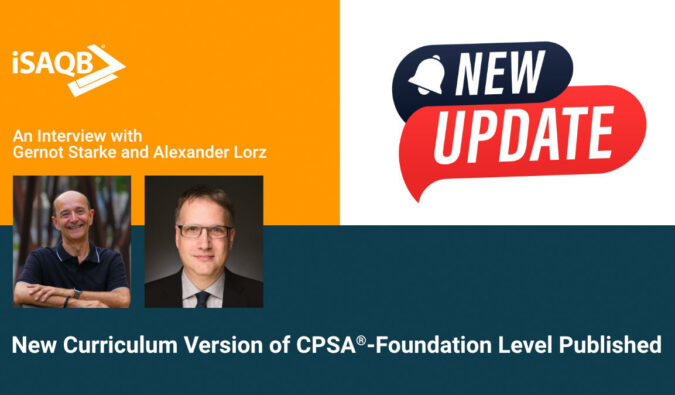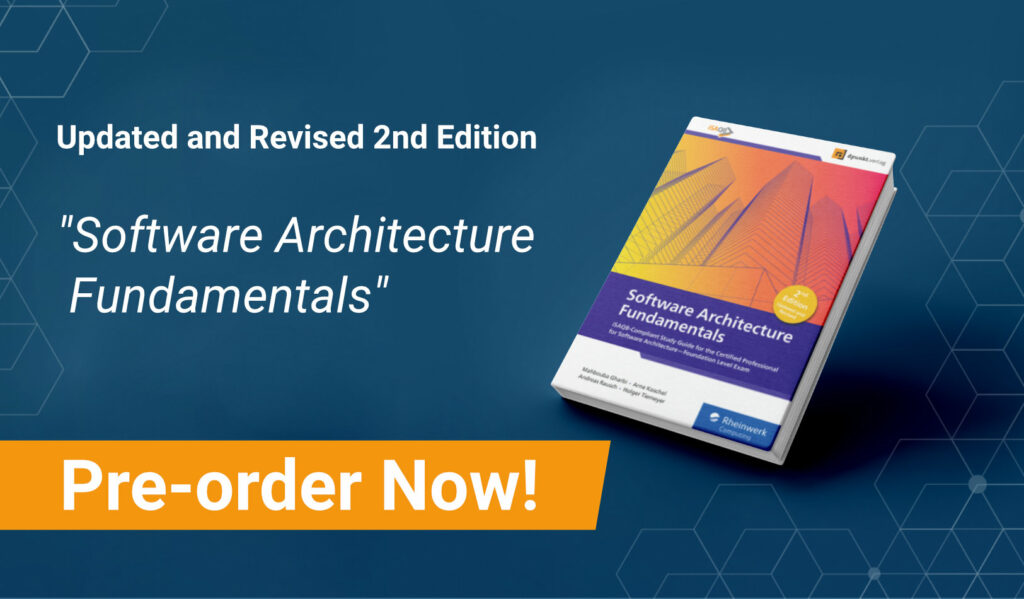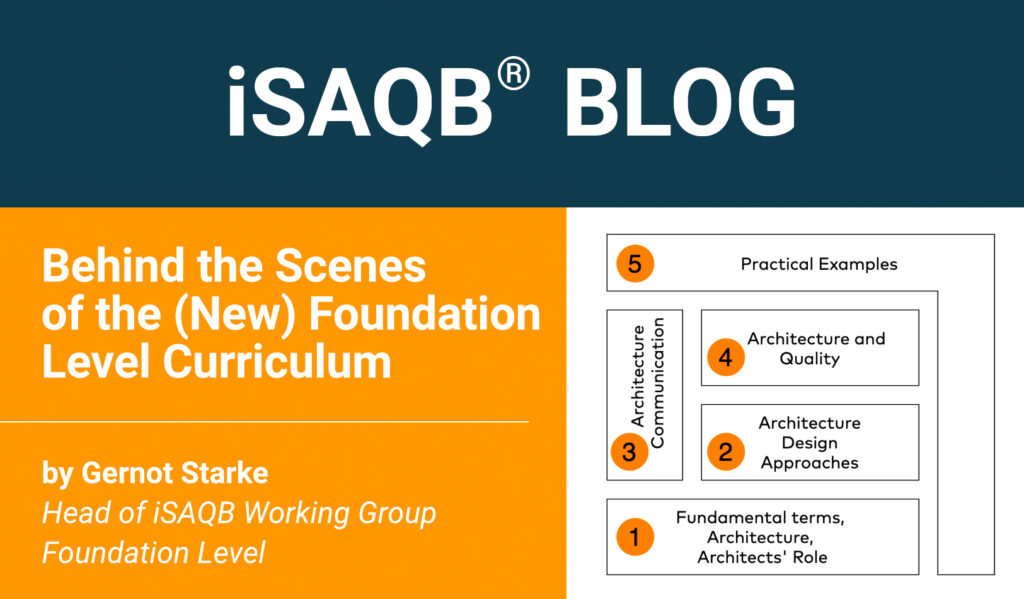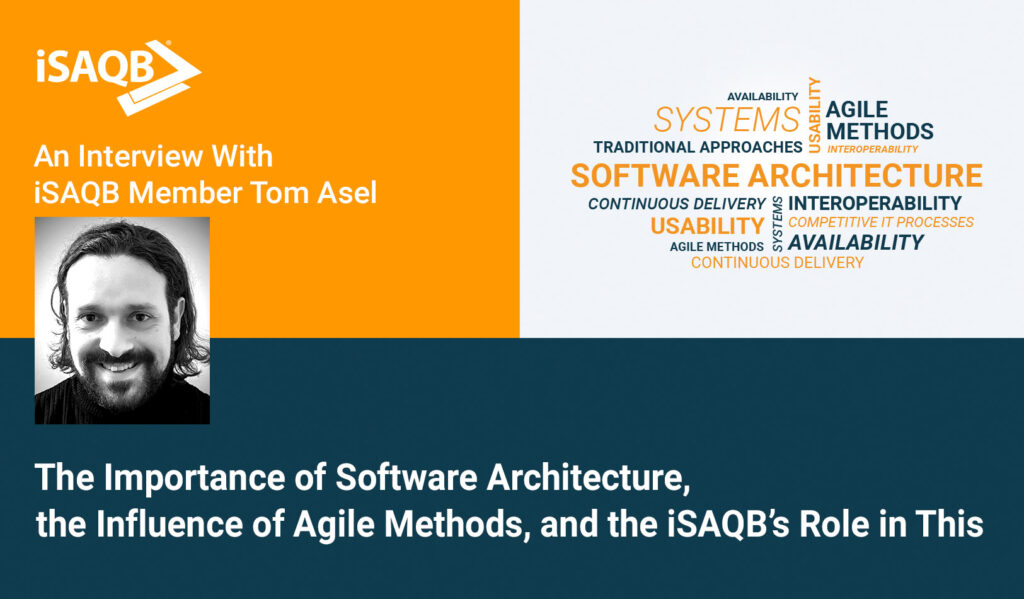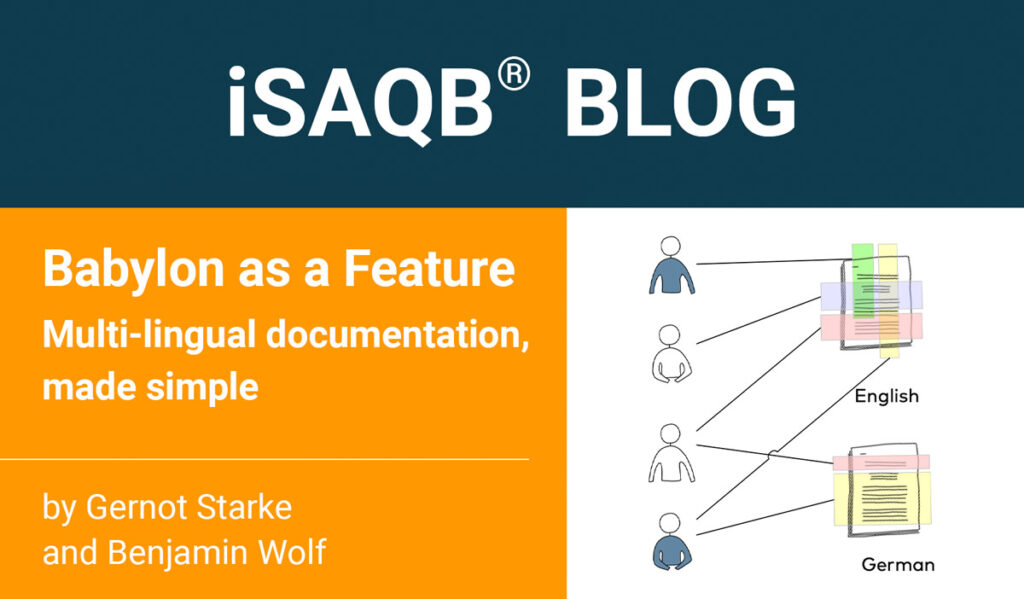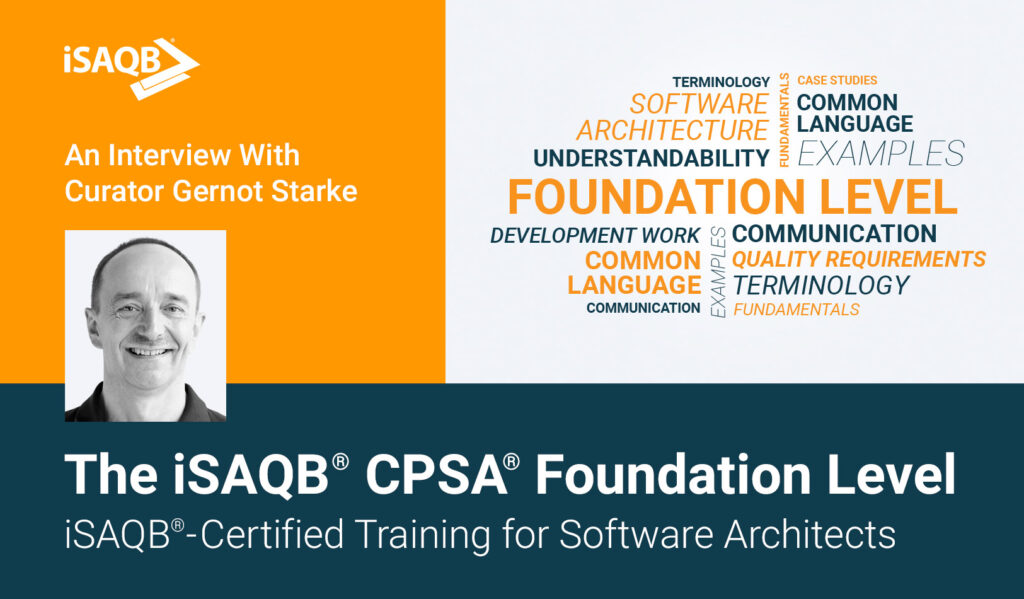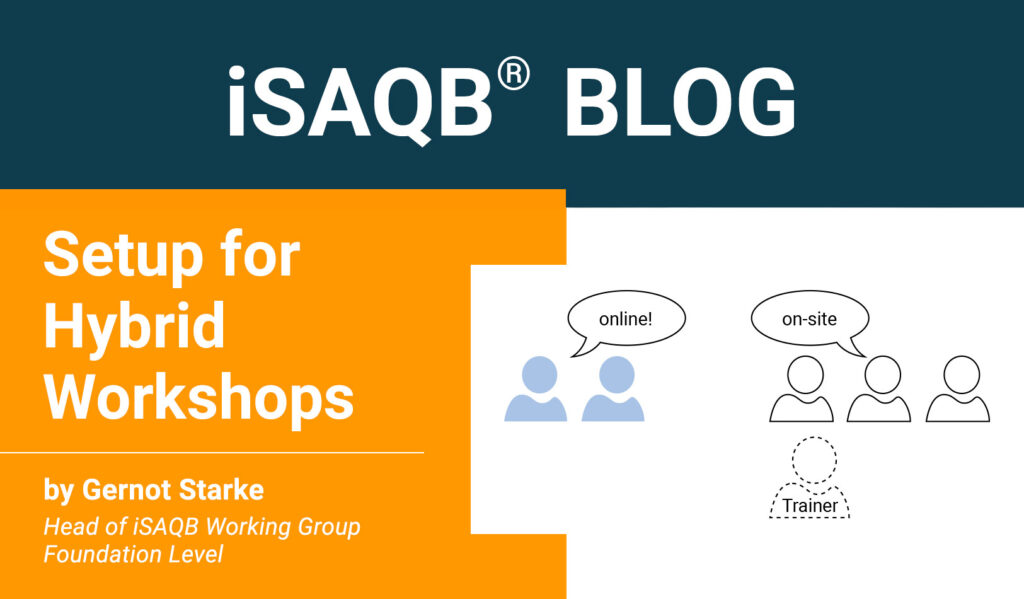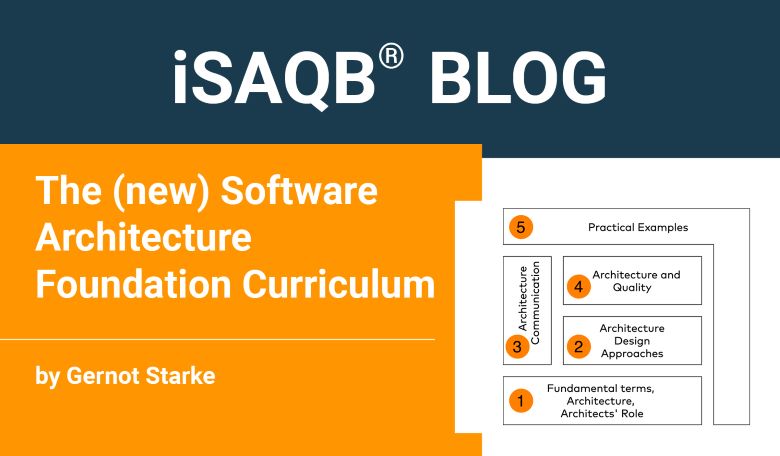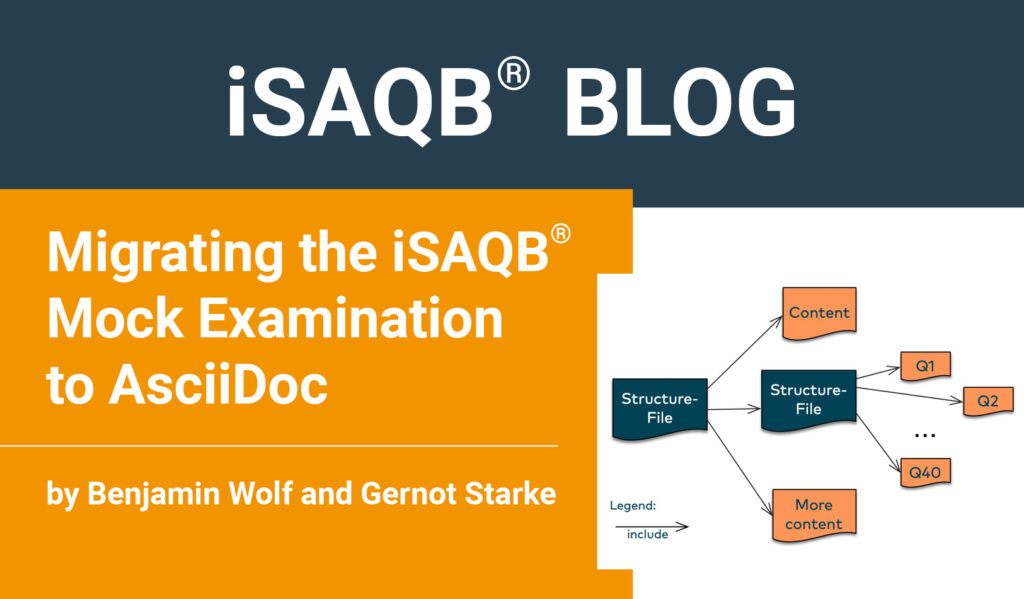Insights into the Updated CPSA®-Foundation Level Curriculum
An Interview with Gernot Starke and Alexander Lorz
Since April 1, 2025, the new CPSA®-Foundation Level curriculum version 2025–1 has been officially valid. With the revised CPSA Foundation Level Curriculum, the iSAQB has taken an important step toward greater clarity, structure, and practical relevance. The contents have been reorganized, refined from a didactic perspective, and aligned more closely with real-world software architecture practice.
The update was carried out by the iSAQB’s Foundation Level working group, led by Dr. Gernot Starke, software architect and author, and Dr.-Ing. Alexander Lorz, IT consultant and trainer, who served as deputy lead and played a key role in shaping the revision. Mirko Hillert, Managing Director of iSAQB GmbH, conducted an interview with the two of them in which they provide valuable insights into the most important updates and changes.
What are the most important changes in the updated CPSA-Foundation Level curriculum – and what motivated those changes?
Gernot Starke:
We aligned the structure with the core architectural activities while maintaining most of the learning goals and content. This results in a curriculum that has a much more logical structure, with only minor content changes compared to previous versions.
The motivation behind these changes was to eliminate surprises. In past versions, some participants were surprised by the “location” of certain learning goals. The updated version aims to remove such surprises entirely.
Alexander Lorz:
In addition to some updates and minor adjustments to the relevance of certain topics, we’ve incorporated feedback from GitHub issues, our Foundation trainings, and Train-the-Trainer events. One major improvement is that the curriculum now follows a more natural progression of the architectural development process. This allows trainers to structure their courses in a way that aligns with the curriculum, while also maintaining a clear pedagogical thread. This approach makes it easier to integrate practical exercises and deliver knowledge incrementally, with each learning unit building on the previous one.
One specific change is the shift of quality requirements for software systems from the later sections to a more prominent position earlier in the curriculum. This change highlights that quality requirements should form the foundation for design decisions, rather than becoming clear only after the system is mostly implemented.
How does the new curriculum reflect current challenges in software architecture practice?
Gernot Starke:
The Foundation Level curriculum has always provided a solid methodological foundation, without diving into specific technologies. The focus on methodical architectural practices enables architects and development teams to apply these methods across any technology, whether it’s AI, cloud, or embedded systems. This foundation ensures long-term sustainability and a higher return on investment.
Alexander Lorz:
I completely agree with Gernot’s point. We’ve carefully balanced acknowledging technological developments while preserving our core methodical focus. This approach ensures that architects can navigate trends like AI and cloud, without being swept up in temporary hype cycles. The principles we teach are timeless, enabling architects to make sound decisions regardless of whether they are working with traditional systems or exploring cutting-edge technologies.
How does the Foundation Level fit into the overall CPSA certification scheme – especially in relation to the Advanced Level modules?
Gernot Starke:
The Foundation Level curriculum provides a solid basis for the Advanced Level modules. It introduces a shared terminology (a kind of ubiquitous architecture language) and teaches practices that architects can immediately apply in practice.
Alexander Lorz:
The Foundation Level provides the essential common language and conceptual framework that all software architects need. From my experience in training, participants often ask which Advanced Level modules they should pursue next. My answer is that it really depends on the specific challenges they encounter in their daily work. We don’t aim to simply provide solutions but to teach architects how to develop architectural thinking and apply the appropriate methods to their unique situations. This is exactly what the Foundation Level curriculum achieves: equipping architects with the fundamental skills to make informed decisions about their professional development.
The main goal is to enable participants to independently design software architecture in small to medium-sized projects. From your perspective, what are the most important competencies they gain?
Gernot Starke:
First, participants learn how to define their core requirements correctly, including quality requirements, stakeholders, and external interfaces. Based on these, they learn to make systematic structural decisions, identifying appropriate components, services, modules, or subsystems within the system. Alongside these structural decisions, they also learn how to choose the right patterns and technologies to apply. Finally, they gain the ability to discuss, document, and communicate architectural issues and decisions.
In general, the Foundation Level training helps architects and development teams approach system development in a more systematic way.
Alexander Lorz:
It’s important to understand that technological expertise alone is not enough for successful software architecture. Architects also need the skills to navigate organizational politics and create perspectives that help decision-makers understand the implications of architectural choices. An effective architect must have both deep technical knowledge and the ability to elicit the underlying motivations from stakeholders by asking “why” questions. This stakeholder input forms the foundation for defining requirements and architectural options. The true skill lies in understanding these needs and explaining the trade-offs between different solutions in a way that resonates with both technical and non-technical stakeholders.
Both of you have been closely involved in shaping the curriculum for years – is there a particular highlight or section in the updated version that you’re especially proud of?
Alexander Lorz:
My highlight is that we’ve finally managed to provide a structure that better aligns with the learning progression. This was long overdue, and although it requires additional work for trainers to adjust their slides and publications, I’m confident that this will improve both training and training outcomes for everyone involved.
Last but not least: Alexander and Gernot would like to thank all members of the Foundation Level Working Group for their excellent work.


